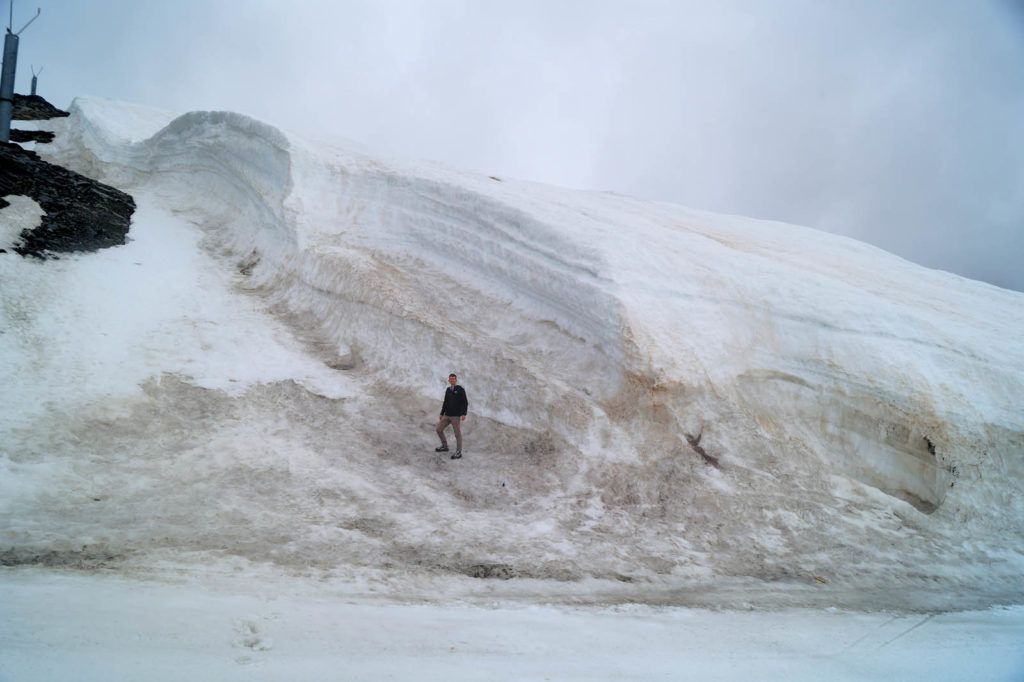
In Austria, glaciers are considered a national treasure. During summer, glaciers are covered with geotextiles to preserve the natural ice and snow from the winter season. This minimizes energy expenditures for the production of artificial snow.
Only nine of the numerous glaciers in Austria are operated actively. The operators face the challenge to align economic and ecological interests. The only way to combine these interests is to protect the glaciers by means of technical devices.
To date, there is no comparable alternative to covering the valuable Austrian glaciers with geotextiles. The white nonwoven fabrics reflect most sun radiation (albedo effect) and form an insulating layer underground due to the voluminous structure.
From a technical point of view, this is the best way to conserve snow and ice from the winter months in terms of energy efficiency. The insulating layer for the glacier ensures a smooth beginning of the skiing season without having to produce artificial snow.
“We have brought our product to technical perfection due to our long-standing experience and continued improvements in cooperation with local universities as well as operators of various glacier skiing areas,” says Michael Uebigau, sales manager west Austria, TenCate Geosynthetics.
In Tyrol, a state in western Austria, the production of 35 cubic feet (1 cubic meter) of snow is estimated to cost $3.40 (€3 Euros), while covering the glaciers with geotextiles costs less than $2.26 (€2 Euros).
TenCate Geosynthetics only uses mechanically bonded, continuous-filament nonwovens from 100% UV-stabilized polypropylene (PP) to protect glaciers, as these have a considerably higher elongation strength compared to thermally-bonded filaments.
TenCate has developed a patented special form of mechanical bonding: hydroentanglement for nonwoven geotextiles. With this method, the needles are replaced by microscopically small water jets, which intrude the product with extremely high pressure. With this technique there are no needle breakages, and the bonding of the fibers is much gentler than with traditional techniques.
PROJECT HIGHLIGHTS
Geotextile covers for glacier preservation
Location: Tyrol, Austria
Purpose: Preservation of snow for skiing, minimizing need for artificial snow
Savings: 1 euro per cubic meter of snow
Geosynthetic products: Mechanically bonded, continuous-filament nonwovens from 100% UV-stabilized polypropylene
Geosynthetic Manufacturer: TenCate Geosynthetics
 TEXTILES.ORG
TEXTILES.ORG


